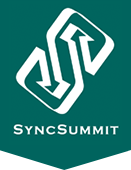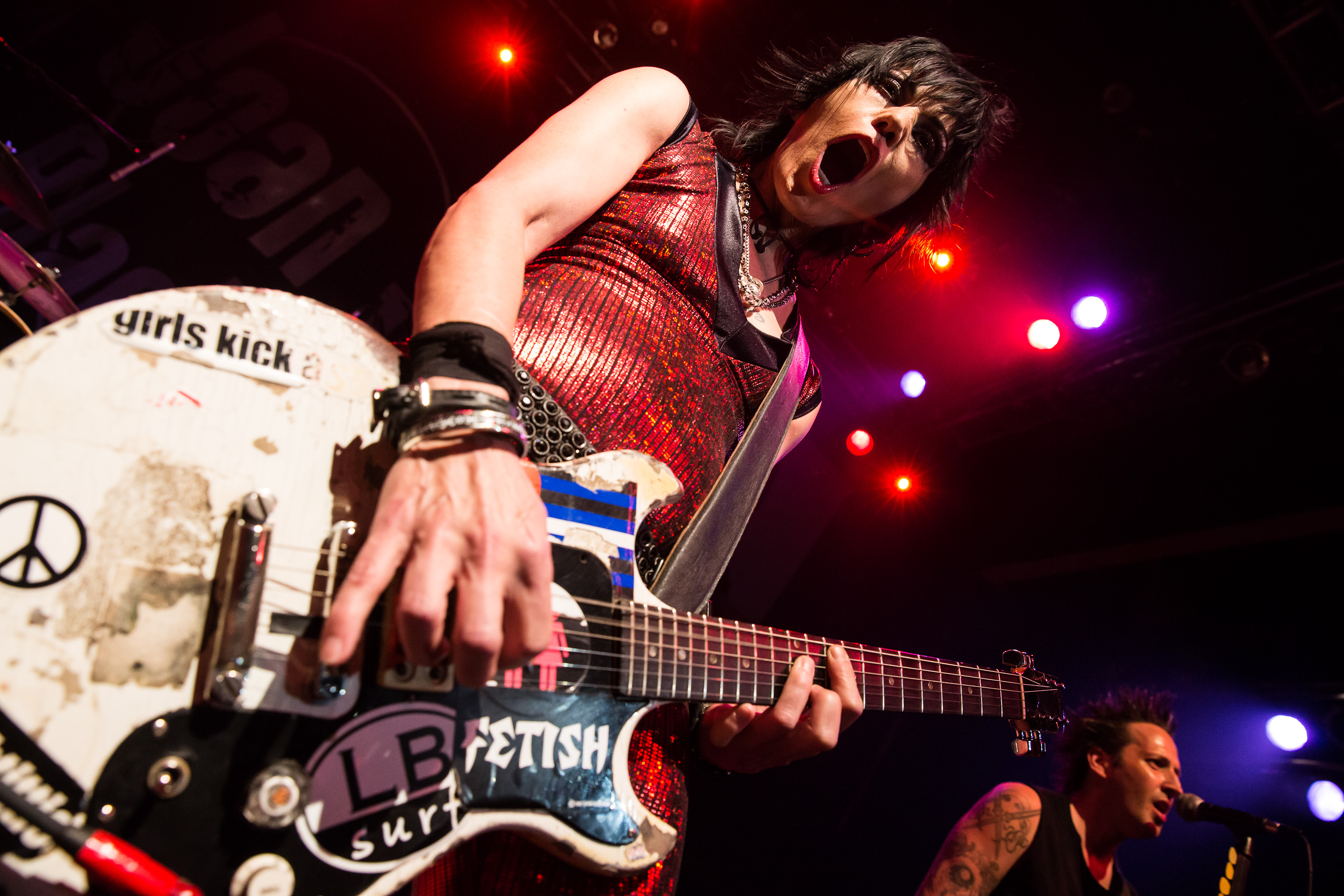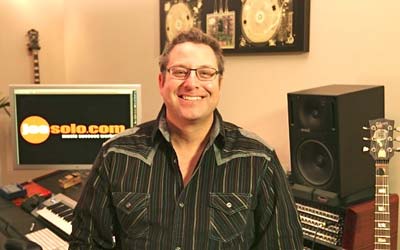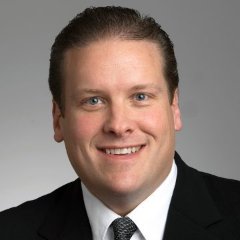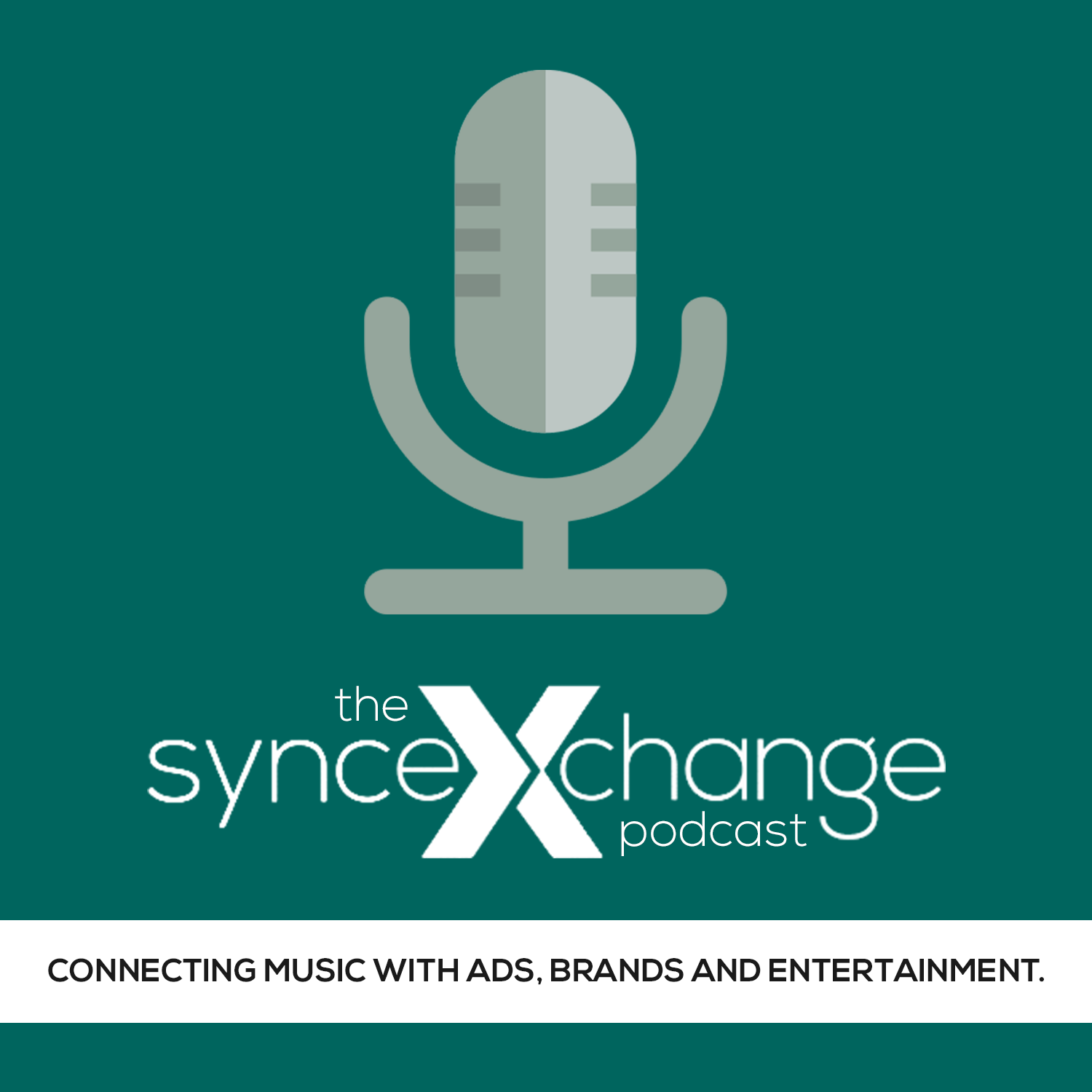By Mark Frieser
CEO, SyncSummit
Even with the promotional power of social media and online outreach, I believe showcasing is one of the best ways for artists to get noticed by A&R and touring agents.
There’s nothing like someone in the industry you’re trying to connect your music with getting the chance to see you perform – it gives them an opportunity to really see and hear what you have to offer as an artist, to get an idea of your stage presence and get connected to your music.
The question is, does showcasing work if you’re trying to connect music to brands, ad agencies and music supervisors? This is a question I’ve been asking myself – and a lot of music supervisors.
I ask this question because I really do care, on both a personal and professional level, that the artists, attendees and the speakers at our events get the most out of every element of our SyncSummits.
Artists take a lot of time and make a lot of effort to prepare for their showcases and I would like them to get the best possible results.
And, as our guests from the music supervisor, brand manager and ad agency producer communities are overwhelmed with choice and pressed for time, we want to be sure we present them with opportunities to discover new music that provide true value.
In short, anyone holding a showcase’s job is to bring buyers and sellers together in the best possible way. Not just us, but anyone who holds showcases.
So after talking to a lot of music supervisors about this, and thinking about it myself, the bottom line is I believe showcases are worthwhile for artists as a way to promote both themselves and their music for sync opportunities, brand tie-ins and composition gigs.
That said, to be truly effective, it’s necessary to combine a showcase with a few key elements before, during and after the event.
Here’s what we’re doing moving forward for every showcase artist that takes part at one of our events, and what, in my opinion, you, as an artist or the person representing their music, should expect as part of a showcase anywhere you perform.
-
Before an event:
- Promotion before your showcase date on an official website, in a newsletter and through dedicated social promotion.
- A profile/interview of you and your band on an official blog before the show.
- Listing and distribution on social media and to registered attendees of your latest music with links to your catalogue along with relevant contact information.
- Get a list of who is attending and assistance in networking with those people before the event.
These three elements are extremely important because they not only build up excitement before your performance, but also it allows the people that will attend – and those that won’t – to learn more about you, discover and share your music with their friends, co-workers and communities.
Also, getting a list of people who will come to the event will help you to get an idea of your audience and allow you to set up meetings and send out information before you play, making your showcase a more effective promotional opportunity.
-
During an event:
- If there is a daytime event (like a SyncSummit), your music is played during breaks, lunch and any receptions and your contact and other information is simulcast on screens and monitors at the event.
- Also, if there is a daytime event, you and all of your management team or designated sync agent get to attend as part of your showcase fee, and you have a dedicated area to set up meetings and listening sessions.
- Finally, if there is a daytime event, you are allotted a time to play one stripped down song and introduced to the crowd in between keynotes and panels.
- At the nighttime events, you have a brief showcase (4-5 songs max) and a dedicated table where before and after your showcase, you and your team can sit and talk with music supervisors and other interested parties.
- And, like in the daytime, between acts, your music is played and your information is simulcast on screens and monitors at the event.
- You have a discretionary guest list for the showcase where you’re able to invite at least 10 guests for business purposes.
- You have a dedicated soundcheck and engineer.
What’s key is that people get a chance to hear your music as much as possible, in the best way possible, and have as many opportunities to meet you as possible. And if they don’t have time, they have information on how they can get connected to your music at a time that suits them better.
Also, the combination of live performance and studio music means the maximum amount of prospective partners and people looking for music will both see and hear you live and hear how your music sounds in its studio version.
And that’s important because as much as they love your live act, it’s the studio version they will most likely use.
-
After the showcase:
- Your playlist is featured on the event website directly after the event.
- Within 72 hours after the event, your information is sent to the list of attendees of the event along with a specific call to action to listen to the music.
- You are provided with the contact information of all attendees.
- There is one more mailing promoting you and your music to a general list.
Doing your post-showcase marketing and outreach as quickly as possible is crucial to your success in staying in the top of a potential music buyer’s mind.
It seems obvious, but most bands don’t follow up to their performances in a meaningful way, and that really defeats the purpose of getting out in front of people with your music in the first place.
As for us event organizers, speaking personally, we can and will do better – my goal is that if you’re performing at a showcase at one of our events, you’re given the best tools for success to connect with the people in our audience and the whole community of music buyers for TV, film, ads, brands and interactive.
